The reality of life inside Bali’s Kerobokan Prison: an insider tells
Forget what you have seen of art classes and rehab. With two Melbourne nightclub promoters facing the prospect of time inside Bali’s Kerobokan Prison, those who’ve been inside say it is disgusting, violent and overcrowded.
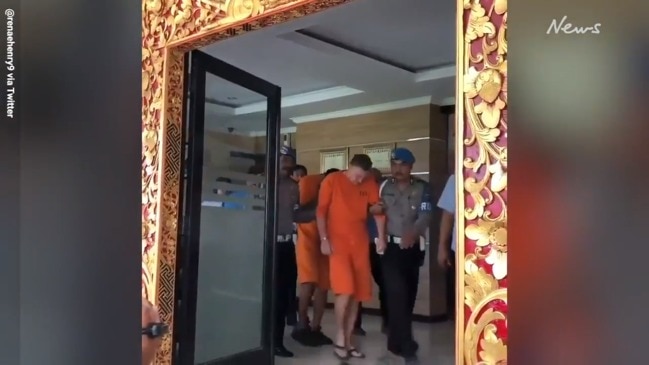
Behind the Scenes
Don't miss out on the headlines from Behind the Scenes. Followed categories will be added to My News.
Forget what you may have seen of art classes, culture days and rehabilitation programs: those who have seen the inside of Bali’s Kerokoban Prison say it is a disgusting, violent, overcrowded hellhole.
Built in 1979 for 300 inmates, Kerobokan first came to mainstream Australia’s attention in the early 2000s as the jail housing the extremists behind the 2002 Bali bombing.
And then suddenly it was a nightly fixture on the TV news as it became home to an ever-increasing number of Aussie inmates.
The holiday island’s reputation as a drug hotspot had been celebrated as far back as 1984, when Redgum sang about taking magic mushrooms on Kuta beach in I’ve Been To Bali Too, but the party came to an end as a succession of Aussies charged with drug offences became household names. Schapelle Corby. Michelle Leslie. The Bali Nine. And so on.
The arrests of Melbourne nightclub promoters Will Cabantog and David Van Iersel on charges of cocaine possession in Canggu, just four kilometres from the prison, has refocused attention on Kerobokan. So what is it really like, and what can Cabantog and Van Iersel expect if they end up inside?
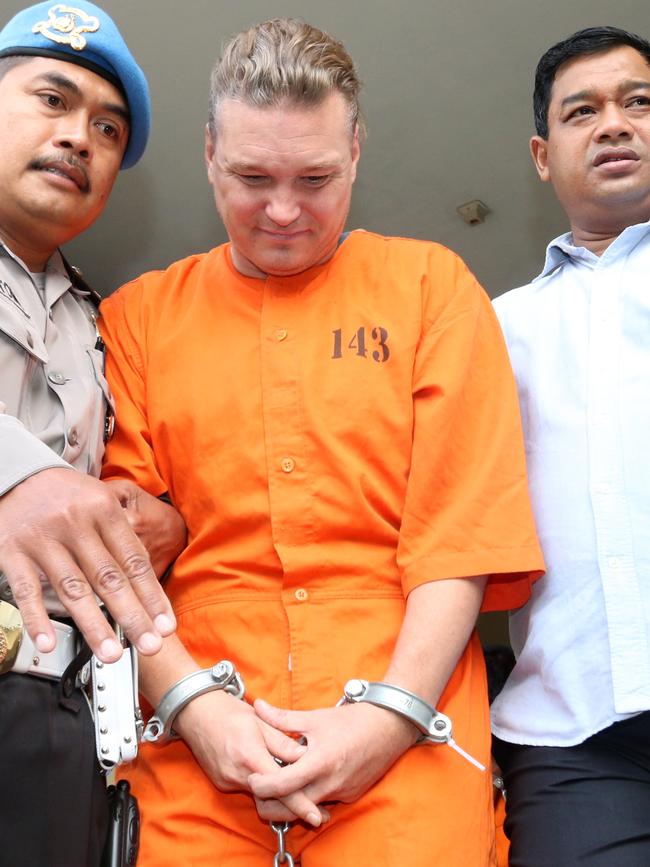

According to Kathryn Bonella, author of the best-selling book Hotel Kerobokan, the prison, which she has been visiting regularly since 2005, is a violent, filthy, overcrowded hell where sex and corruption are rife.
“Even though there are stories of art classes and painting sessions, it really is hell; the majority of prisoners do not do that,” she said.
“The recidivism rate is high. It is massively overcrowded, (the prisoners) get slop and pebble-hard rice to eat, it’s violent, dirty and infested with rats and mangy cats.
“All criminals, murderers, paedophiles or a tourist busted with a couple of ecstasy tablets live together — there is no segregation.”
This can lead to difficult situations. Before his execution in 2015, Bali Nine ringleader Andrew Chan told News Corp’s Cindy Wockner that his opponents on the prison basketball courts sometimes included the terrorists behind the 2005 Bali bombing.
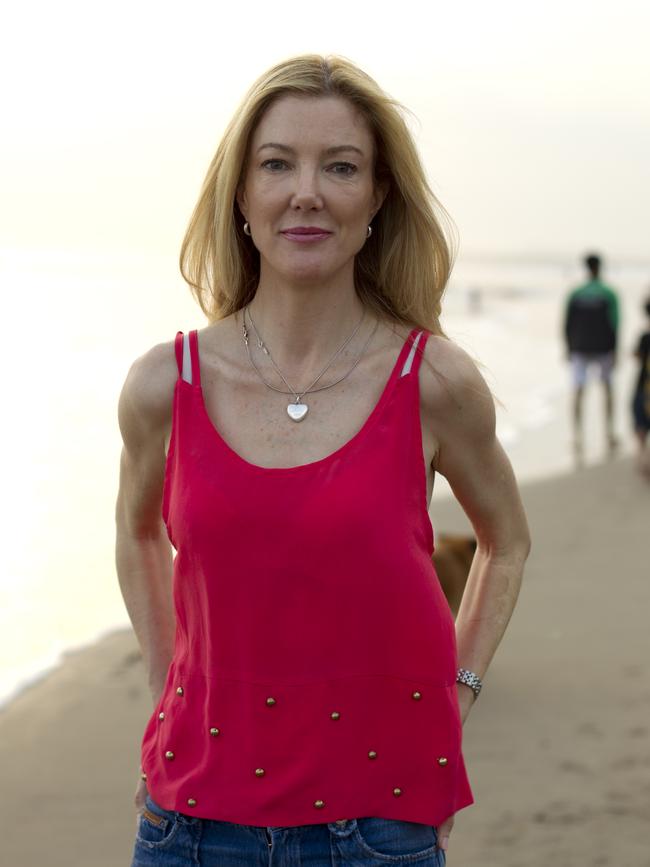
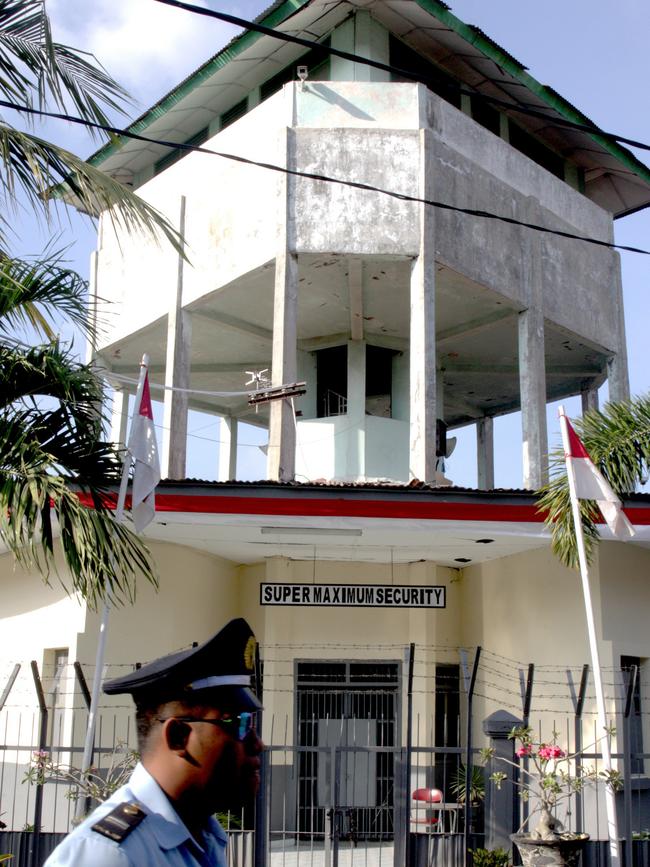
RELATED: Inside the Lost City nightclub in Canggu
Male and female prisoners are kept in separate gated areas, and usually only mix if the female prisoners happen to be in the visiting area.
Ms Bonella said she had seen “blatant” sex in the visiting room, which she dubbed the “blue room”.
In fact sex is so rife within the prison, she said, that rape has never been a common problem.
A much bigger issue facing prisoners, she said, is the threat of violence.
“The place is very violent, often due to warring gangs; also the fact that prisoners do get plenty of weapons into the jail, like knives and axes,” she said.
“There are murders, often staged to look like suicides, overdoses and bashings — including brutal bashings by the guards.”

The gang warfare can boil over from time to time, as it did in 2015 when the Laskar Bali and Baladika groups clashed, leading to the stabbing deaths of two inmates.
At other times the violence is directed at the guards. In 2012 a huge riot involving an estimated 900 prisoners (the prison currently holds over 1000) turned against the authorities, who were forced to flee.

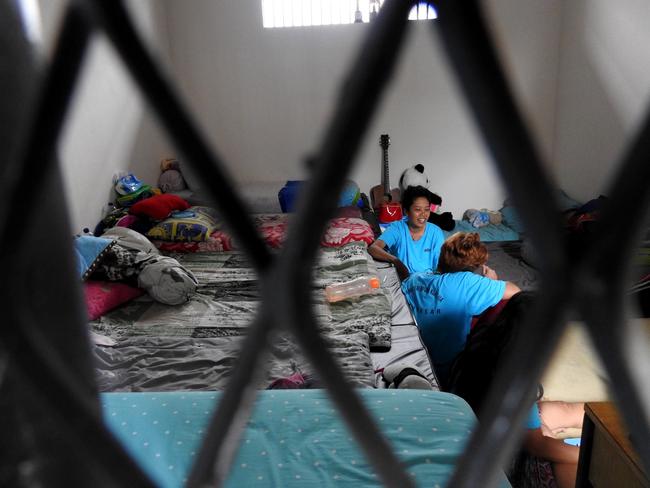
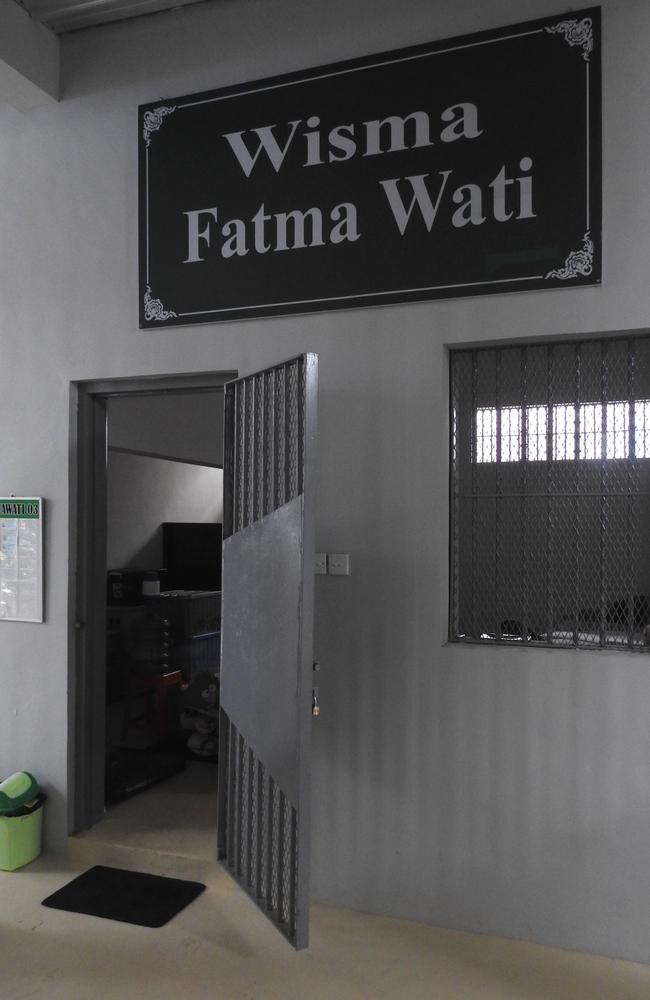
Ms Bonella, who was in Bali at the time, described the ensuing scenes as “surreal”.
“I went to watch on the second night and stood across the road with a bunch of soldiers who were perched up against huge Buddha statues with machine guns,” she said.
“My taxi got hit by a rock flown over the wall, and 400 police and soldiers were brought in to surround the jail.”

The jail is breached at other times, too. Unofficial “day release” is reportedly available to some prisoners with the right bribe, while the most famous breach of the jail to date was in June 2017, when Australian prisoner Shaun Davidson and two others escaped via a 12-metre tunnel dug beneath the walls. Davidson’s accomplices were quickly caught, but he remains on the run, taunting authorities with social media posts boasting about his apparent whereabouts.
Davidson’s bold escape was all the more remarkable because of the jail’s central location. Ms Bonella said this was probably the biggest misconception Aussies have about the “Hotel Kerokoban”.
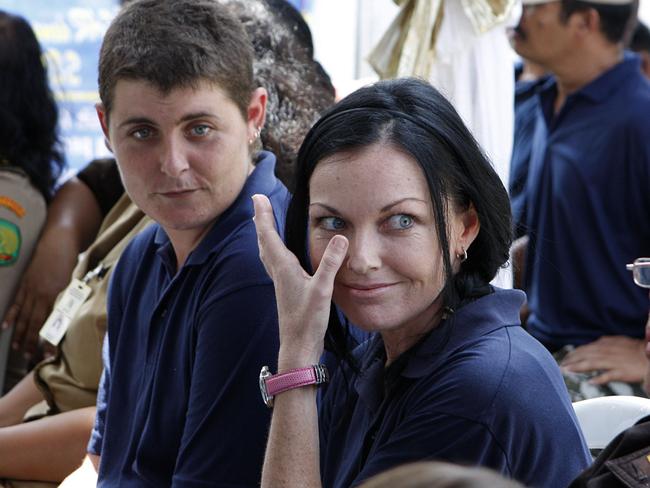
“Many Aussies holidaying in Bali probably think the notorious maximum security jail is out of the way, but it’s in the heart of the tourist mecca,” she said.
“Outside its walls are luxury villas and five star hotels. Five minutes by cab takes you from Hotel K to the W Hotel.
“Bali’s beaches are just five minutes away too. One Brazilian surfer, in Hotel K for drugs, told me; ‘For a surfer it makes it worse that you are in Bali and the waves are very good right outside your front door.’
“On one side of those dirty white walls it’s heaven, on the other side it’s hell.”

AUSTRALIANS WHO DID TIME IN KEROBOKAN
SCHAPELLE CORBY
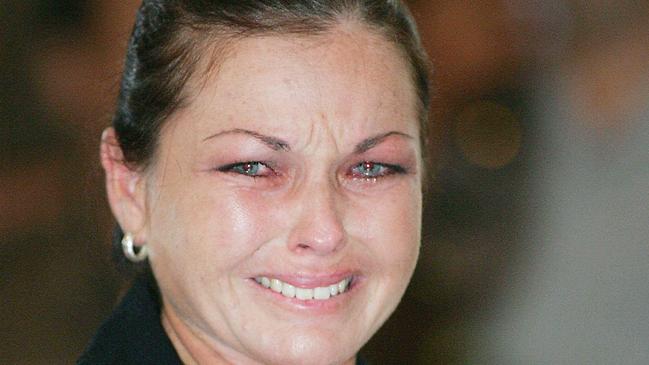
For most Australians, Corby remains Australia’s most (in)famous inmate of Kerobokan. Sentenced to 20 years in prison in May 2005 after airport authorities found 4.2kg of cannabis in her boogie board bag, Corby became an intriguing and in some ways sympathetic figure for the Australian public, partly because of her tearful protestations of innocence at her trial, and her later battles with mental illness. She was released on parole in February 2014 and deported back to Australia in May 2017.
BALI NINE
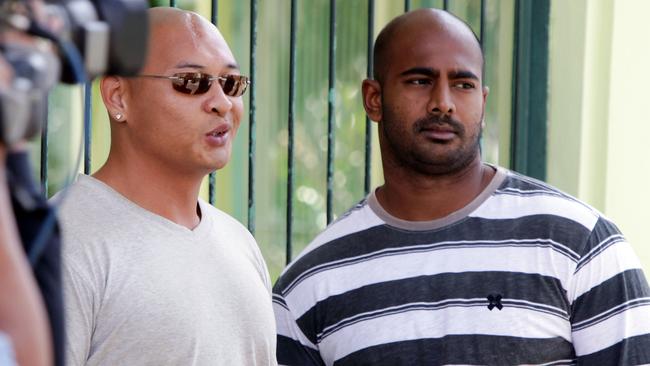
Of the nine Australians who were arrested for their roles in a drug importation plot on April 17, 2005, at Denapasar airport and Kuta’s Melasti Hotel, two have been executed by firing squad (ringleaders Myuran Sukumaran and Andrew Chan), one has died from cancer (Tan Duc Thanh Nguyen), and just one, Renae Lawrence, has been freed, after serving 14 years. The five remaining members of the Bali Nine continue to serve life sentences, although only three (Si Yi Chen, Michael Czugaj and Matthew Norman) remain in Kerobokan. The other two members of the group, Scott Rush and Martin Stephens, were transferred to other prisons in 2014.
MICHELLE LESLIE
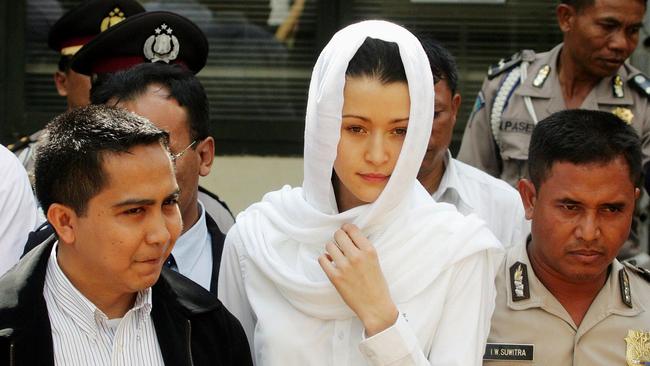
Model Michelle Leslie was 25 when she was found with two ecstasy capsules in her handbag in 2005. She later claimed the pills were planted on her by police, whom she also alleged tried to solicit a bribe from her in return for her release. She was controversially pictured wearing a Muslim headscarf during her three months in custody — a tactic, she later said, to ward off unwanted sexual advances from other prisoners.
SARA CONNOR
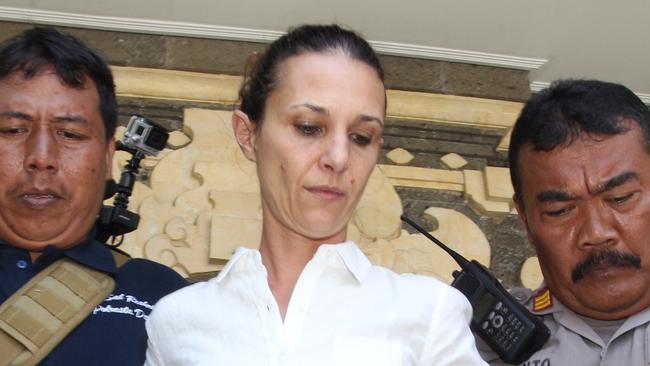
Connor is currently serving a five-year sentence for her role in the death of Bali police officer Wayan Sudarsa, whose body was found on a Kuta beach in the early hours of August 17, 2016. Her then boyfriend, British DJ David Taylor, was also charged for his role in the attack.
Connor, formerly a resident of Byron Bay, was originally sentenced to four years but this was increased on appeal to five years. She is due for release in 2021.
SHAUN DAVIDSON
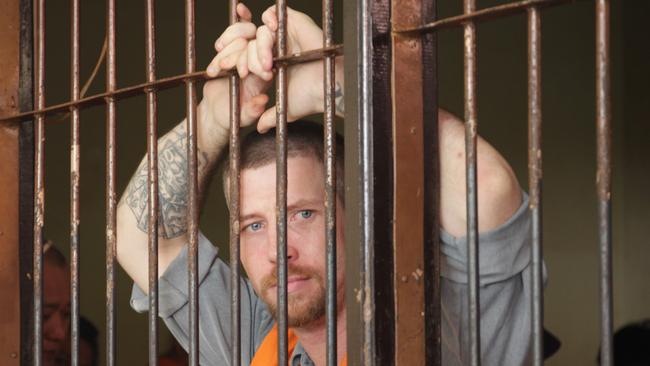
Shaun Davidson, 35, from Perth, escaped from Kerobokan in June 2017 when he was three months off finishing a sentence for passport fraud. He escaped via a narrow, 12 metre tunnel dug beneath prison walls — and has since become something of a folk hero to some as he continues to evade capture and taunts authorities via social media posts.
BILAL KALACHE

Forty-three year old Sydney dad Bilal Kalache is the most recent Aussie to be released from Kerobokan — in May this year — having served four months for stealing a $1250 Gucci bag from a Bali duty free store. He was deported immediately upon his release.
ISAAC ROBERTS
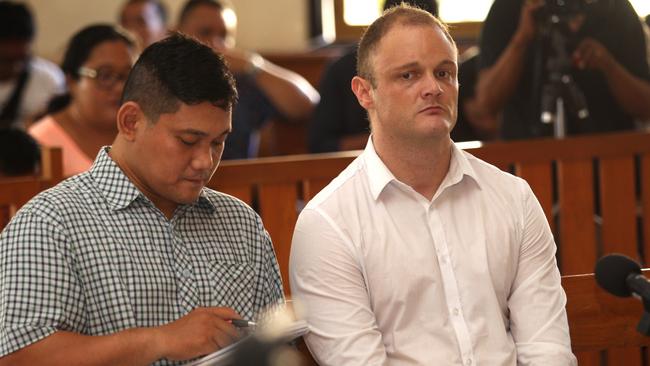
A one-time political candidate for the Liberal Democrats, Roberts was 35 and travelling from Thailand to Bali when a search of his luggage revealed methamphetamine, ecstasy and Xanax.
After being held in Kerobokan and undertaking a drug rehabilitation program, Roberts escaped penalty by revealing he had been battling addiction for 17 years, which included him shooting up methamphetamine several times a day.
EDWARD MYATT

Edward Myatt was found with more than 70 capsules of drugs (mainly hashish but also some methamphetamine) in his stomach after arriving on a flight from New Delhi in 2012. He evaded the death penalty and was given an eight-year sentence. He was released in December last year.
JOSHUA BAKER
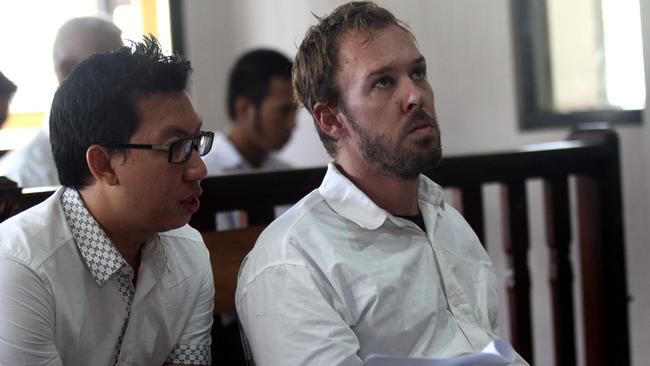
Joshua Baker was arrested on October 8, 2017, after arriving on a flight from Cambodia. A search of his luggage found marijuana mixed with tobacco secreted inside a shoe. During his trail he said he had been using drugs since he was 11. He was sentenced to spend 10 months in rehabilitation, the judge finding the drugs were for his personal use and he had mental health issues.
MICHAEL SACATIDES
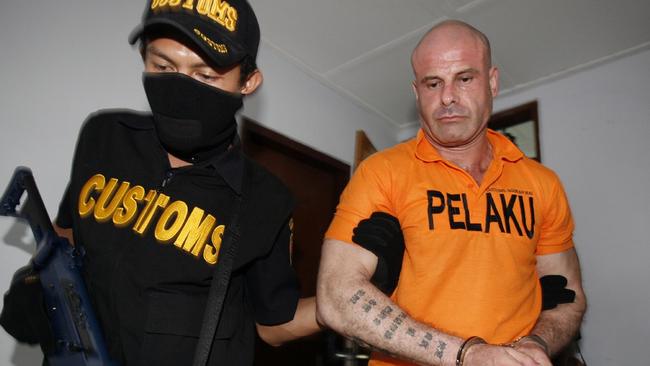
A former Sydney kickboxing instructor, Sacatides was convicted of importing 1.7kg of methamphetamine to Bali in October 2010 and was given an 18-year sentence. Originally held in Kerobokan, Sacatides is now in Karangasem jail, in East Bali.
GRAEME POLLOCK

Darwin resident Graeme Pollock was found with a small amount of ice in 2011 and spent six months in Kerobokan after he admitted to having been addicted to the drug for eight years.
RICKY RAWSON
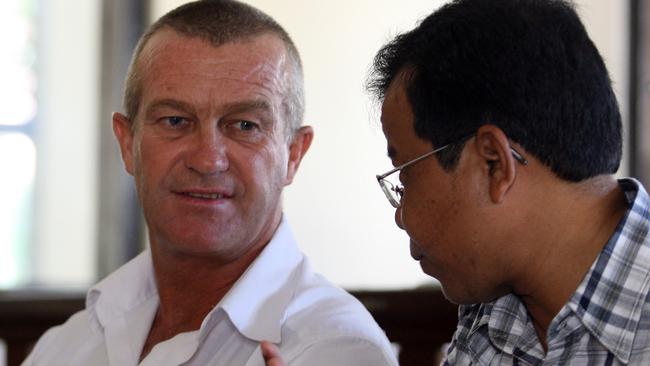
Ricky Rawson spent four months in Kerobokan in 2011 for possession of 0.06 grams of methamphetamine, after which he was deported back to Australia.
ROBERT FIDDES ELLIS
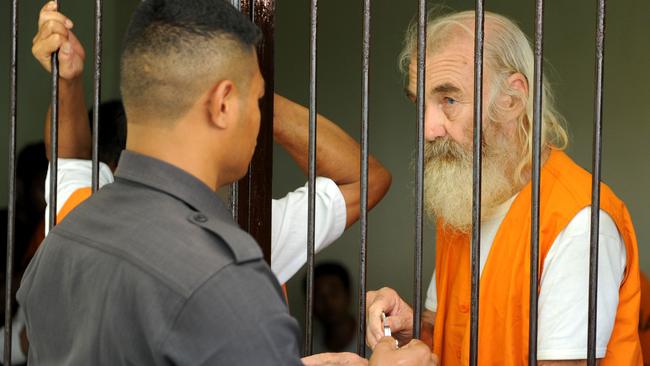
Convicted in October 16, former Victorian resident Ellis is serving a 15-year jail term in Kerobokan after being convicted of sexually abusing 11 girls aged under 18 in Bali.


